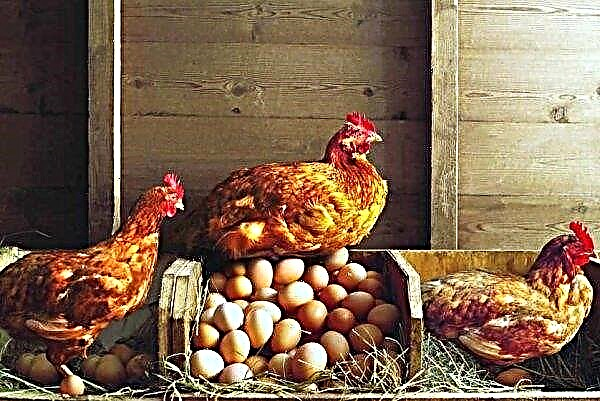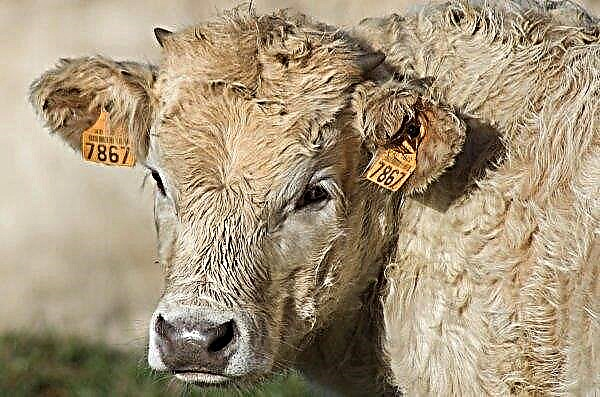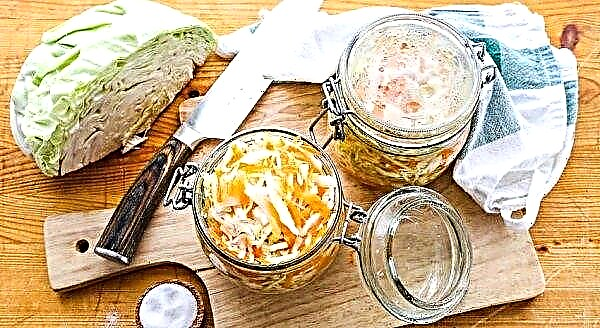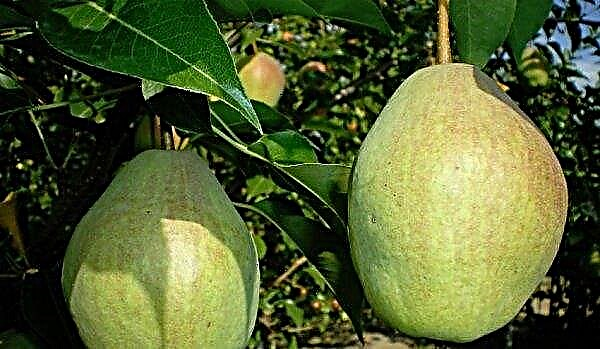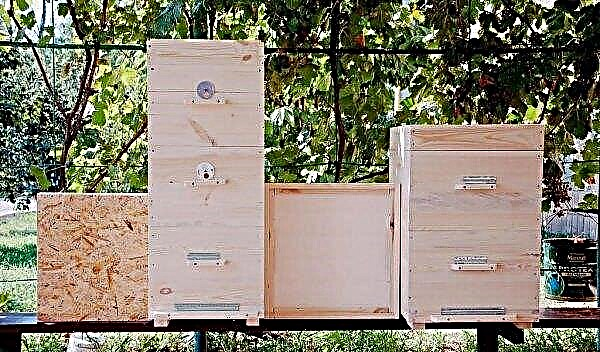Most poultry farms contain domestic chickens. Recently, guinea fowl breeding has become increasingly popular. The possibility of sharing these birds is very attractive, so you should learn all the features of this approach.
Similarities and differences of birds
Both species belong to the same order of birds and have both similar features and significant differences. They are unpretentious in content and similar in breeding. Guinea fowl were domesticated later and show great freedom in love. Their meat has a higher percentage of protein and less fat, and eggs are not allergenic and contain more beneficial elements.
Separately, it is worth highlighting the absence of guinea fowl salmonellosis and leukemia. They are valued for eating the Colorado potato beetle, which does not attract ordinary chickens at all.Did you know? The eggs of these birds can be stored for up to 6 months!
Is it possible to keep together
The joint content of these birds is quite possible. The nature of the birds is somewhat different, but they can get along with each other. To achieve this, the easiest way to raise chicks together. Adults are gradually reduced, starting with the sharing of several guinea fowl in the chicken coop. In the case of aggression from any chicken or rooster, the instigator is removed.
Pros and cons of this approach
- The main advantages of cohabitation are the following factors:
- identical feeding, which saves the time and effort of the breeder;
- similar requirements for the premises avoid the construction of additional space;
- since the maternal instinct of guinea fowl is reduced, then hens are great for hatching their eggs.
- Certain disadvantages of shared content also exist:
- Guinea fowls require more free space than chickens;
- a larger aviary is also needed for reproduction;
- in case of conflict, the egg production of chickens is reduced;
- the possibility of crossing and the appearance of sterile hybrids.
The most optimal will be the joint content with meat breeds of chickens, since the periods of egg laying in these species do not coincide.
Features of collaborative content
The basic conditions for keeping and leaving these birds are identical. Joint placement allows you not to think about delimiting the premises and creating separate ranges.
Organization of the premises
For common living, birds need a spacious room.
Important! It is recommended to calculate the area of the house based on the norm of 1 square. m for 2-3 guinea fowl.
The requirements for floor materials, litter and stubs coincide with a regular chicken coop. The main task is to provide protection from rodents and to avoid dampness. Both species of birds sit on the periwinkles, so their number should be sufficient for the entire livestock. On average, 6 birds can settle on 1 meter perch.
Nutrition rules
Bird nutrition consists of the same grain mixtures, as well as herbs, vegetables and various additives. Both species of birds eat 2-3 times a day, with free-range feeding it is possible to give food only in the evening. Guinea fowl chicks eat the same as chickens, but have much greater appetite. Care must be taken that they do not completely eat chicken feed.
Joint walk
The pen for joint walking should be fenced above normal, at least 2 meters, to exclude the flight of guinea fowls. Both those and other birds like "baths", so it is worthwhile to provide them with places with ash and sand. Guinea fowl go for walks even in severe frosts.
The joint maintenance of two species of birds is a question that each breeder decides independently, based on the importance of possible benefits for a particular farm.

